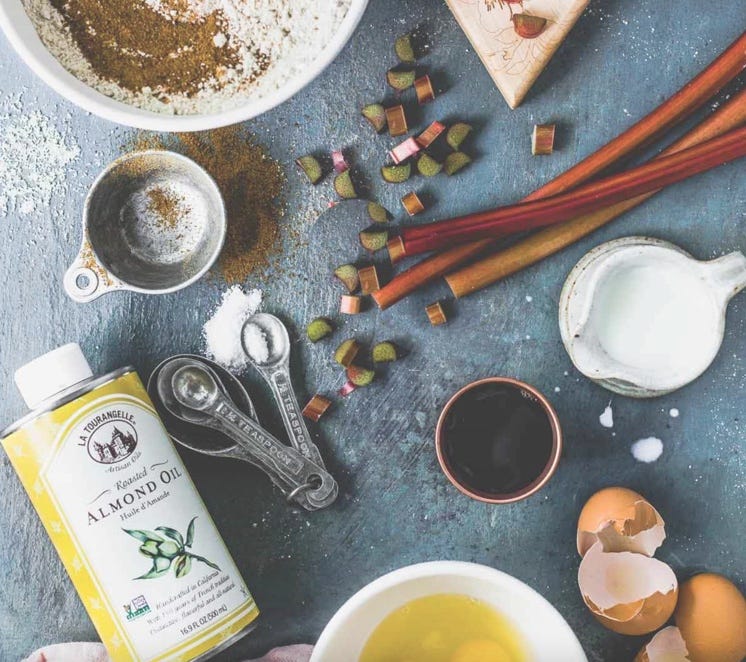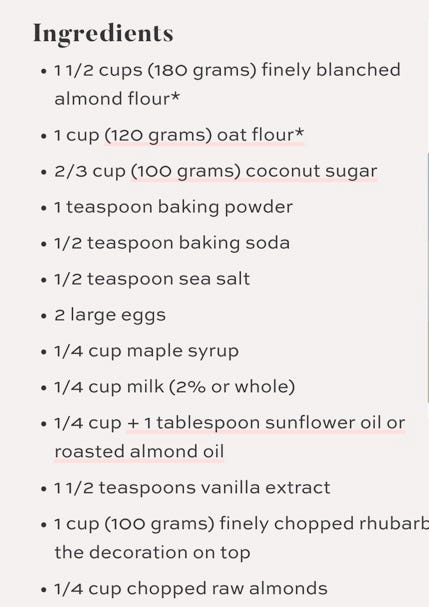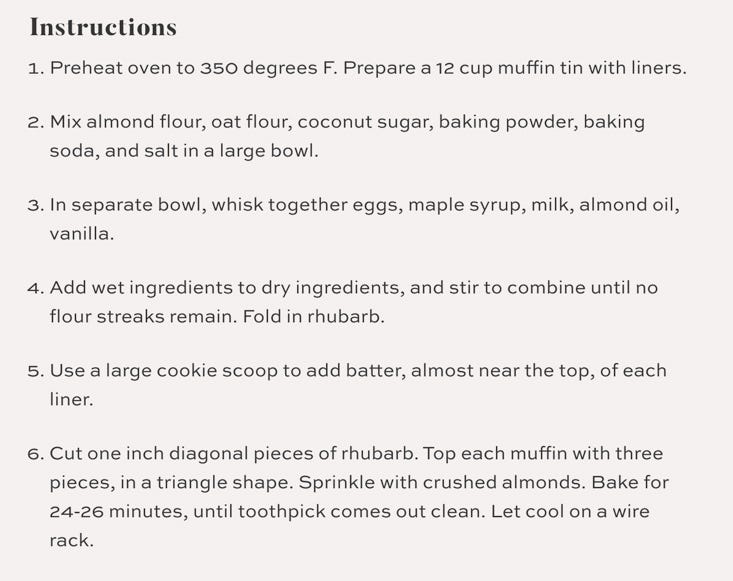Which Magnesium Supplement is Most Beneficial for Women with Lipedema?
Read all about magnesium here. Plus a healthy, magnesium-rich recipe!

Hey there! Let's talk about Magnesium and how amazing it is for our bodies. You know, this essential mineral has so many benefits that it's hard to ignore. From keeping our biochemical reactions in check to supporting our cardiovascular health and muscle function, Magnesium is like a superhero for our well-being.
We all know Magnesium acts as a natural laxative, promoting bowel movements and relieving constipation.
But did you know there are around a dozen different types of Magnesium, each with its own specific benefits? I didn’t know this until the subject recently came up in some Lipedema talks. That’s when I realized I might be taking the wrong type of Magnesium!
Pinpointing your magnesium supplement can be even more beneficial for symptom management.
Here are some of the different types of Magnesium:
Magnesium citrate: Works as a laxative.
Magnesium glycinate: Recommended for individuals with sensitive stomachs. Helps with relaxation, sleep support, and muscle relaxation.
Magnesium oxide: A more gentle supplement to alleviate symptoms of constipation.
Magnesium lactate: Helps treat stress and anxiety.
Magnesium taurate: Plays a role in regulating blood sugar and promoting healthy blood pressure.
Magnesium L-Threonate: Supports cognitive function, memory, and overall brain health.
Magnesium sulfate: Commonly known as Epsom salt, it helps relieve sore muscles.
Magnesium glycinate: Calming helps with insomnia, anxiety, stress, and depression.
Magnesium orotate: Promotes heart health.
Magnesium chloride: Used to increase magnesium levels in the body, it helps with relaxation, muscle recovery, and relieving soreness.
Magnesium malate: Promotes energy production and reduces muscle pain and fatigue. It is often recommended for individuals with Lipedema, fibromyalgia, or chronic fatigue syndrome.
According to Healthline.com:
Magnesium malate is a common dietary supplement that combines magnesium and malic acid.
It may be linked to several health benefits, including improvements in mood, blood sugar control, exercise performance, and chronic pain.
When used in combination with a healthy diet high in magnesium-rich foods, magnesium malate can help increase your intake of this important mineral and deliver several health benefits.
In general, here’s how Magnesium malate can help with Lipedema symptoms:
Anti-inflammatory properties that may help reduce inflammation associated with Lipedema.
Supports healthy lymphatic drainage, potentially reducing fluid retention and improving overall circulation.
Helps reduce muscle cramps and spasms
Helps regulate hormone levels, particularly estrogen.
Supports overall well-being and energy levels, which can be beneficial for fatigue and decreased quality of life.

How About Getting Magnesium from Food?
Magnesium malate is in fruits with a tart or sour taste, such as sour apples, rhubarb, and grapes. It is the malate that gives it the tartness.
Magnesium is also naturally occurring in food such as:
nuts and seeds: almonds, cashews, peanuts, pumpkin seeds
avocados
soy
legumes: black beans, kidney beans
dark chocolate
dairy: milk, yogurt
whole grains: oatmeal, whole wheat
meat protein: salmon, halibut, chicken breast, beef

Too much is never a good thing.
There is such a thing as too much Magnesium. This would make sense because moderation is usually key when it comes to our bodies.
Magnesium toxicity has a high mortality rate due to respiratory paralysis and cardiac arrest. So, it’s always essential to consult with your doctor and/or pharmacist about your magnesium supplementation and any adverse effects, contraindications with your other meds, and appropriate dosing to get the maximum benefits and avoid toxicity.
OK, NOW FOR A RECIPE!
Healthy Rhubarb Almond Flour Muffins
Growing up in the PNW and with my grandparents migrating from the Midwest, my grandfather grew rhubarb plants in their backyard, and my grandma made tart-sweet rhubarb crisp in the summertime. My family continues the tradition of growing rhubarb and using the stalks for yummy desserts and preserves. Even my kids are nostalgic for rhubarb and have their prized plants growing in their gardens.
Since a lot of sugar is typically used to tone down the sourness, many rhubarb recipes have a lot of sugar! However, I found this healthier rhubarb muffin recipe at heartbeetkitchen.com. It uses Magnesium malate-rich rhubarb along with many other magnesium-rich foods. Although it does have some sugar in it, you can always substitute it with a more healthy type of sugar such as honey, date, maple syrup, or coconut sugar. Depending on the alternative, it may change the taste and texture, but why not experiment?
Here’s a copy of the recipe (kudos to heartbeetkitchen.com)
Enjoy!
I now have a website, www.getyourlipedemaapproved.com. I have four different programs, so take a look!
I also have an appointment calendar if you’d like to schedule a time to talk with me or sign up to work with me on getting preauthorization approval for liposuction. Schedule time here!
Find Lipedema and Me on TikTok, Facebook, and Medium, and now on Instagram!
Visit and follow my social media links and support my work.
Take care,
Michelle
Lipedema and Me is a reader-supported publication. To receive new posts and support my work, consider becoming a free or paid subscriber.









Thus is such a great article. Great information!